I'm writing this while sipping coffee made by Emma Chamberlain's French press. The 22-year-old YouTuber is not only Gen Z’s , but also a big-time entrepreneur.
Her coffee brand, launched in 2020, took off among young coffee lovers (and even tempted me, a not-so-young coffee lover).
It got me thinking: Has food and beverage become the new playground for creators and influencers?
So I looked into a few players:

Source: Company websites
Turns out they’re doing pretty well – some even minting billions.
- Prime, Logan Paul’s energy drink, is primed to exceed in annual sales
- Feastables raked in in chocolate bar sales within a few months
- Chamberlain Coffee makes annually, and recently raised
- The D’Amelio family raised to foray into snacks
Why Influencers Flock to the Food and Beverage Industry
For starters, it’s lucrative. Food and beverage accounts for over of the consumer packaged goods industry. Plus, the entry barrier is relatively low.
And creators and influencers are well positioned to take a slice of the pie:
?They’re already the winning formula for CPG brand marketing. These brands spend per year in ads, a big chunk of which goes to creator partnerships.
?? Their content often fits well with daily refreshments like snacks and coffee, and their relatable nature inspires trust among young consumers.
? Loyalty for legacy brands is , and there’s space for influencers to get in. With a built-in brand and audience, it’s easier to gain traction for their products – especially if they play up the .
They're Not Doing It Alone
Since these entrepreneurs aren’t usually experts in the goods they sell, is a popular way to get a product to market.
Influencers partner with third-party manufacturers and add on their own branding and marketing. This way, they quickly gain market share without high upfront investments:
- Chamberlain Coffee is powered by
- Prime energy drink is actually made by
- Midnight Mini Cookies are based on a refined recipe by
And, to add a trusted edge, food industry veterans are often chosen to helm these companies, like Feastable’s and Myna Snack’s .
Hardly A Candyland
Not every influencer-founded refreshment can magically make it. As more products flock to the space – and with A-list in the mix – it’ll be even harder to stand out.
Plus, it’s easy for influencers to lose favor with consumers: Pokimane got into a with her fans over pricing for her cookies; Prime drinks are getting pulled from shelves with pending FDA ; and Chamberlain’s latest RTD collection is being dubbed “.” ?

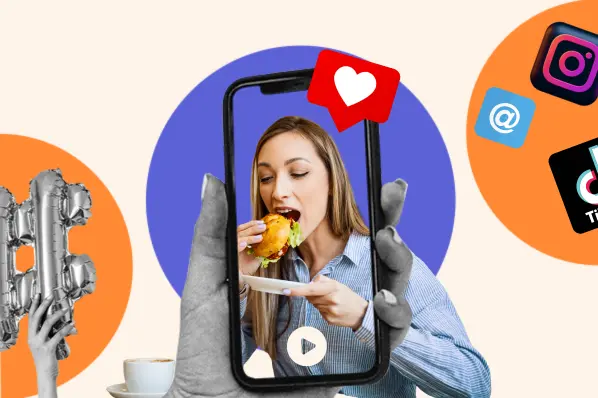
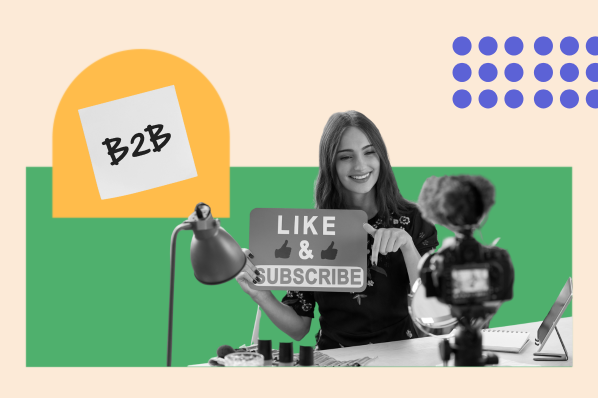
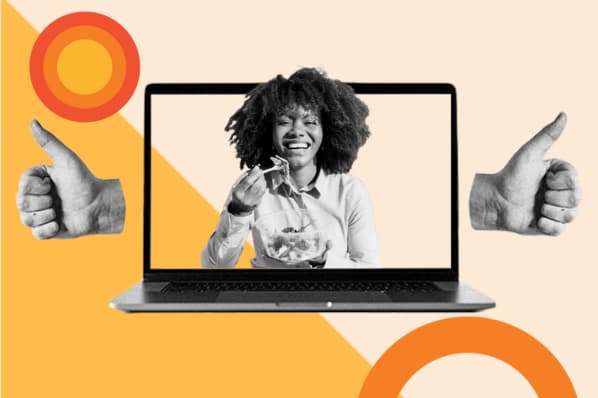
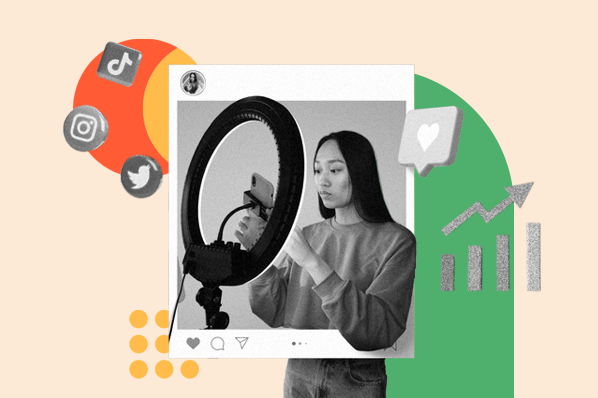
![Influencer Marketing Strategy: How to Build a Plan Creators & Customers Will Love [+ Templates]](https://www.hubspot.com/hubfs/influencer-marketing-strategies-featured.png)
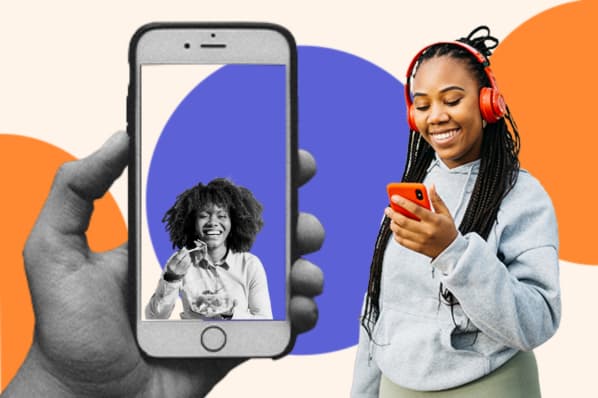



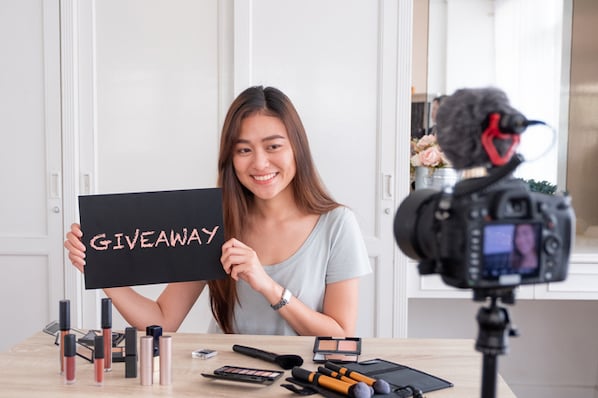
![How Performance Marketing Works [+ 6 Tools You Can Use]](https://www.hubspot.com/hubfs/performance%20marketing.webp)